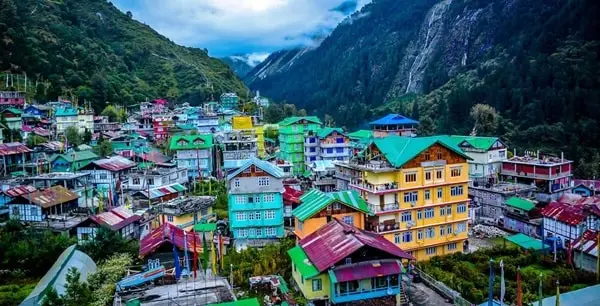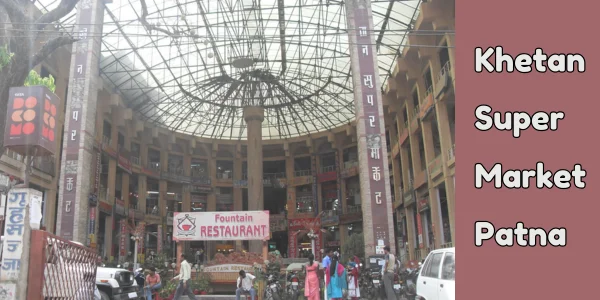Let’s imagine a journey into the quieter corners of India, where the rhythm of life moves at a different pace. In these lesser-populated states, every face will be a well-known one, and the byways themselves will be faintly echoing with laughter from the closest-knit communities around. So, today, we will discuss the 5 top states of least population in India in the year 2024. The places are famous not only for architectural marvels but also rich culture and natural beauty attached to them. Do join us as we unravel a few interesting facts about these states that have stayed less known till now, where the beauty of India’s lesser-trodden paths reveals itself therefore, the topic we pursued is to be discussed further.
1. Sikkim:

Sikkim is a peaceful state in northeastern India, with its capital, Gangtok, known for its stunning Himalayan views, there is a population of around 610,577, about 0.05% of the total population in India. Most of the people (75%) live in rural areas and enjoy, 25% of the total population density lives in urban areas. Though not dense, Sikkim is the place for one to experience rich Buddhist culture, accompanied by natural beauty, it has a balanced gender ratio of 890 women for every 1,000 men, showing its fairness among the mountains.
- Also Read: Top 5 Most Populated States In India
2. Mizoram:
Mizoram is a beautiful, lively, green northeastern state with Aizawl as the capital town, having a population of 1,097,206, rounded to 0.09% of the country. Almost half of the population of residents is shared between rural at 52% and urban at 48%. With low density, only 52 individuals per square kilometer, it has so much space to utilize, and with a sex ratio of 976 women for every 1,000 men, it represents a very progressive society.
3. Arunachal Pradesh:
Itanagar, the capital of Arunachal Pradesh, is renowned for its abundant vegetation and has a maximum of 1,383,727 people, 77% of whom live in the rural area and 23% in the urban area, making up the lowest density of population in the whole of the remaining open part of India. This represents 0.11% of the total population of the nation, life abounds in these hills with 17 persons to every square kilometre, from wildlife to tribal cultures—one of the displays of life and natural and cultural diversity in these hills of India. 938 females for every 1,000 males is the sex ratio
4. Goa:
Goa is the smallest state of India by the number of people, which amounts to 1,458,545, and by area, comprising about 0.12% of the country, the capital is Panaji, where the cultural force has its centre. The people live mostly in urban areas with around 62% of the population, and the rest 38% live in the countryside, it has a high density of 394 people per square kilometre, which is still increasing. However, the sex ratio is good with 973 females per 1000 males. Goa is famous for its beautiful beaches and rich mix of cultures.
5. Nagaland:
Nestled in the heart of India with Kohima as its capital, Nagaland is a vibrant state, Housing 1,978,502 people and individuals, it represents about 0.16% of the national population. This region is a tapestry of cultural richness, where a striking 71% of its people embrace rural life, and the remaining 29% dwell in urban settings, painting a picture of a serene lifestyle amidst nature’s bounty. The population density here is a mere 119 individuals per square kilometre, underscoring the vast, open spaces that the state proudly offers. The sex ratio in the state is 931 women per 1,000 men, signifying the strong bonding between one community and another in Nagaland.
Conclusion:
While travelling in this part of the world through the peaceful and less populated paths of India, we witness a world where peace is the highest. This part of the world is a haven of peace, in sharp contrast to the bustling metropolises, where the least populated areas are centres of most activities. Their essence lies in the harmony with nature, the richness of undiluted cultures, and the simplicity of life. This exploration is a reminder of the beauty and awe in these quieter and less inhabited parts of our country, asking us, perhaps, to relearn appreciation for the diversity and peace that India represents.

